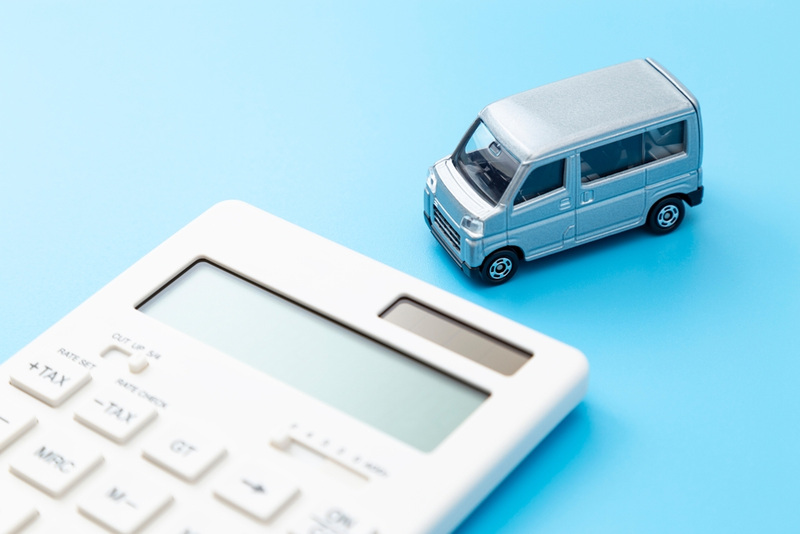There’s a particular kind of satisfaction in turning a battered old van into a rolling basecamp. You get the freedom of the open road, no hotels to book, and a project that’s half engineering, half interior design.
But van life isn’t just fairy lights and flat whites. If you’re going to do it properly, you need a plan, a budget, and a grip on the rules that keep you safe and legal.
Choosing and Buying Your Van
Most blokes start with the classics: Ford Transit, VW Transporter, Mercedes Sprinter, or the Peugeot Boxer/Citroën Relay/Fiat Ducato family. Don’t obsess over the badge—focus on condition. Rust is the killer, so crawl underneath with a torch and check arches, sills, door bottoms and crossmembers. Look for leaks, damp spots and any sign of bodged “camper” wiring.
A high-mileage van with a watertight service history is often a safer bet than a so-called bargain that hides expensive surprises.
When you’re inspecting a van, it pays to have a checklist in your back pocket. Look out for:
- Rust in structural areas like the chassis and floorpan
- Evidence of water leaks around roof seams and doors
- Dodgy aftermarket electrics hanging loose under the dash
- Excessive smoke on startup or acceleration
- Uneven tyre wear (which can hint at suspension or alignment issues)
- A full MOT and service history rather than vague promises
Think about where you’ll actually drive. Older diesels may fall foul of clean-air zones in London and Scotland, which already enforce tough standards. A Euro 6 diesel or even petrol might save you a fortune in daily charges. Always run an MOT history, get an HPI check, and take a long test drive.
If it smokes, knocks, or drives like a shopping trolley, walk away.
Rules, Paperwork and Insurance

You don’t need DVLA reclassification to use a van as a camper. They’ll only accept it as a “motor caravan” if it clearly looks like one from the outside. Staying as a “van with windows” is common and perfectly legal. Just be aware that classification can affect speed limits and MOT tests. Vans often have slightly lower limits than cars, while most camper vans under 3.05 tonnes follow car rules. MOTs are usually straightforward Class 4 tests unless the van is very heavy.
Weight is another big deal. Your standard car licence covers up to 3,500 kg. Build something heavier and you’ll need extra entitlement, so keep an eye on your payload and axle weights.
Insurance is its own world. A standard van policy won’t do—you’ll need self-build camper cover. Insurers will ask for photos, a list of kit, maybe certificates for gas and electrics, and evidence of security. Declare it all properly or you’ll regret it at claim time.
Planning the Build
Don’t pick up a saw until you’ve planned the layout. Tape it out on the floor and imagine living in it. Do you want a fixed bed with storage underneath, or a fold-out bed that doubles as seating? Will you cook inside or outside? Campsite living is easy with basic electrics and a water tank. If you want the freedom to park anywhere for days, you’ll need solar, bigger batteries and decent tanks.
Insulation and ventilation come first. Vans sweat, and without proper insulation and airflow you’ll end up with damp and mould. Sound-deadening mats, PIR boards or wool insulation, and a vapour barrier will help. A roof vent is non-negotiable, and you’ll be amazed how much moisture you create just by breathing overnight.
Electrics should be simple but safe. A 12V system with a leisure battery covers most things, charged by a DC-DC charger, solar panels or campsite hook-up. Lithium batteries have become the go-to—they’re lighter, last longer and cope better off-grid. If you want to avoid complex wiring, a portable power station is an easy solution. For permanent 230V, fit a proper inlet and breaker and, if you’re not confident, get a qualified electrician involved.
Gas and water need the same careful thought. Gas cylinders belong in a sealed locker with a drop-out vent, with alarms for carbon monoxide and leaks. Diesel heaters are brilliant for winter, but they need proper exhaust routing. Water systems can be simple: a fresh tank, a 12V pump and a grey tank with a drain. For toilets, a cassette is the easiest option; composting ones are growing in popularity but take space and airflow.
Building it Out
You don’t need a full workshop to get going. A good cordless drill, a jigsaw, circular saw, rivnut tool, crimper and multimeter will take you most of the way. Add clamps, hole saws and bulk boxes of screws and you’re sorted.
The smartest build sequence goes like this:
- Strip and clean: deal with rust and leaks.
- Sound-deaden and insulate: plan cable runs now.
- First-fix electrics and plumbing: label everything.
- Cut apertures: fit roof vents, windows, and test for leaks.
- Line the van: ply, carpet, or panels.
- Build the furniture: start with beds and kitchen.
- Second-fix electrics and gas: test properly.
- Finish: flooring, cushions, and trim.
- Weigh it: check axle and total loads before long trips.
Seats and safety deserve a mention. If you’re adding travel seats, bolt them properly to reinforced anchorages. Side-facing benches aren’t suitable for child seats, and bodging belts onto plywood isn’t just illegal—it’s lethal.
Costs, Pitfalls and Practicalities

A base van might set you back £3,000 to £10,000. A DIY conversion ranges from £1,000 if you’re frugal and unfussy to £15,000 or more with fancy gear. Lithium and solar push costs up, but they’re worth it for off-grid freedom. Always keep a 20 per cent buffer for surprises, because there will be surprises.
Pitfalls are predictable, so it’s worth spelling them out:
- Skipping insulation or vapour control and ending up with damp
- Over-building heavy furniture that ruins payload and handling
- Forgetting proper ventilation, making cooking and sleeping miserable
- Cutting corners with wiring or skipping fuses
- Designing units you can’t actually fit through the van door
Security is another must. Deadlocks, steering locks, OBD guards and visible deterrents make your van less tempting. A tracker is a wise investment.
Life on the Road
When you think you’re done, you’re not. Take it on a weekend close to home and you’ll come back with a list of tweaks—extra hooks, more sockets, a cupboard catch that needs fixing. These shake-down trips save bigger headaches later.
Pack the essentials: fire extinguisher, smoke and CO alarms, labelled isolators, tidy wiring, and a roadside kit with torch, gloves and a jack that actually works.
And then? Brew in hand, doors open, looking out over a beach or a mountain. That’s the payoff. A camper van project isn’t cheap, it isn’t quick, and you’ll swear at more than one seized bolt. But the first time you roll out for the weekend in something you built yourself, you’ll know why you did it.
